When it comes to Italian wine, two names immediately stand out: Valpolicella and Chianti. These renowned wine regions have captivated the palates of oenophiles worldwide for centuries, each with its distinct characteristics and rich history.
Valpolicella, nestled in the northeastern corner of Italy’s Veneto region, is famous for its elegant red wines crafted from indigenous grape varieties like Corvina and Rondinella. On the other hand, Chianti takes center stage in the heart of Tuscany. Here winemakers are producing bold and robust reds predominantly featuring Sangiovese grapes. As we embark on a journey exploring these two iconic appellations, prepare to savor their unique terroirs and unravel the delightful nuances that make Valpolicella and Chianti true gems of Italian winemaking tradition.
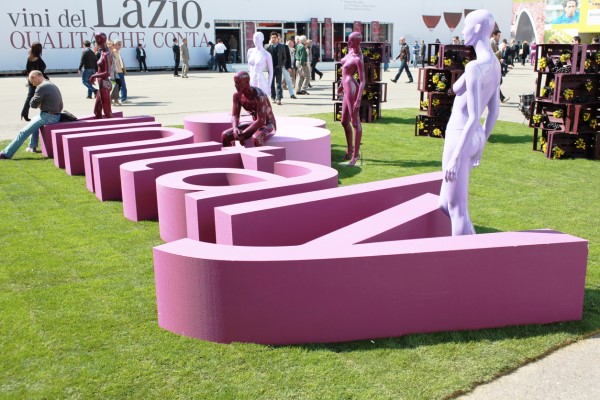
Understanding Valpolicella
Valpolicella, a region located in the heart of the Veneto region in northern Italy, is home to one of the most renowned wine styles in the country. Known for its red wines made primarily from native grape varieties such as Corvina, Rondinella, and Molinara, Valpolicella offers a distinctive taste and character that sets it apart from other Italian wine regions.
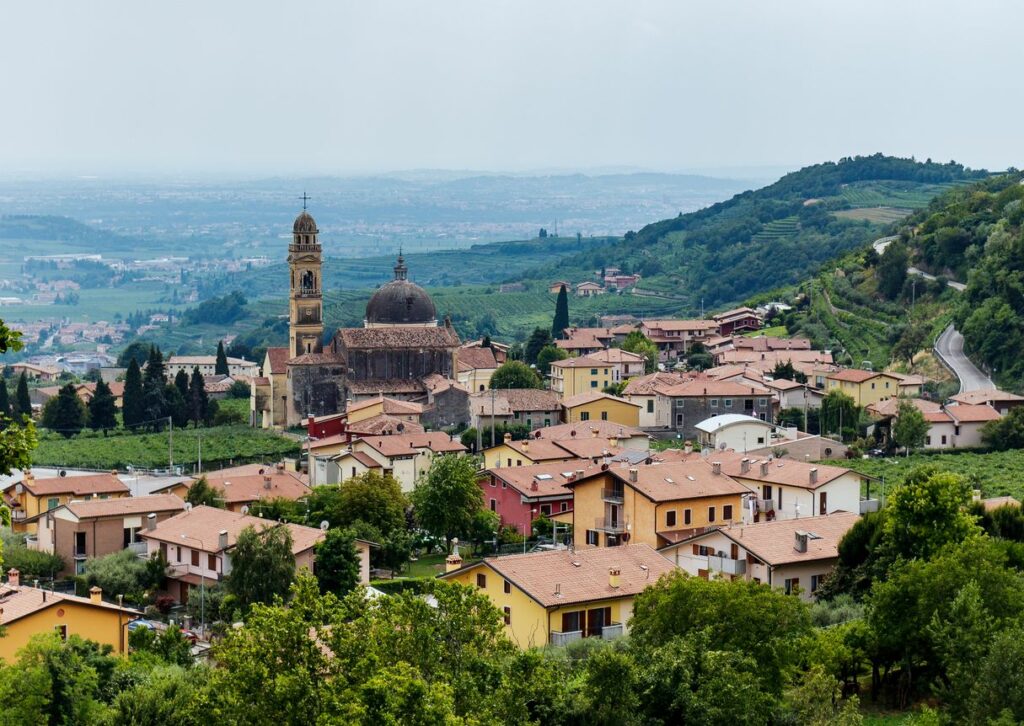
What makes Valpolicella special is its unique winemaking technique called appassimento. In this process, harvested grapes are carefully dried on straw mats or racks for several weeks before being pressed. This concentrates the flavors and sugars in the grapes while increasing their acidity. As a result, Valpolicella wines showcase rich fruit flavors with hints of dried fruits and spices that are truly captivating.
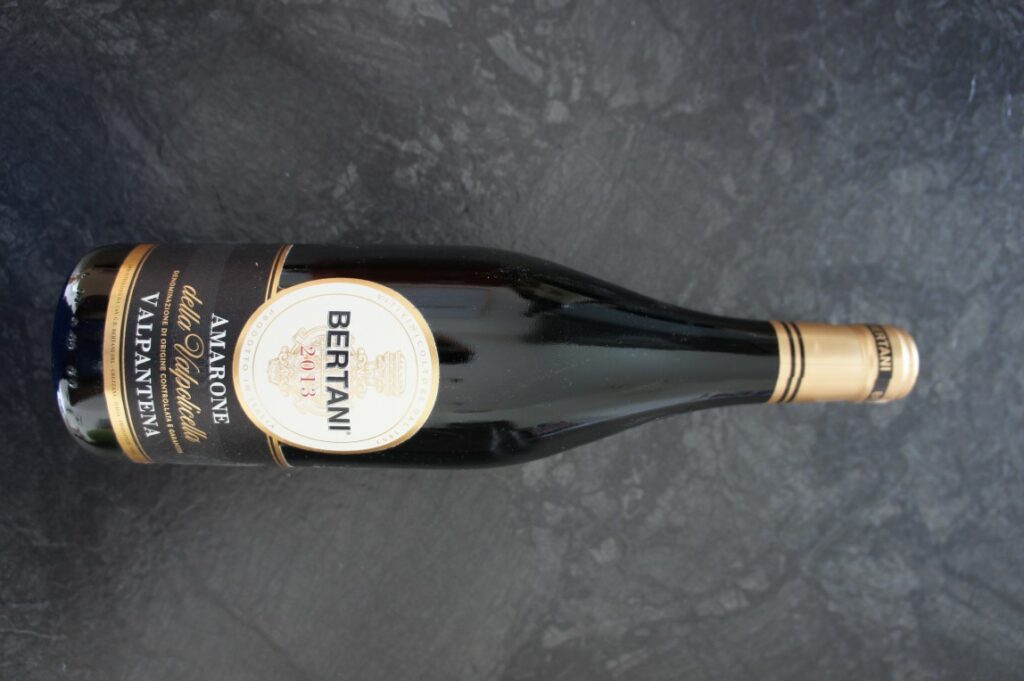
Valpolicella not only produces traditional red wines but also offers variations like Amarone della Valpolicella and Recioto della Valpolicella. While Amarone is made using partially dried grapes to produce powerful, full-bodied wines with intense aromas of dark cherries and chocolate, Recioto boasts naturally sweet flavors obtained from fully dried grapes.
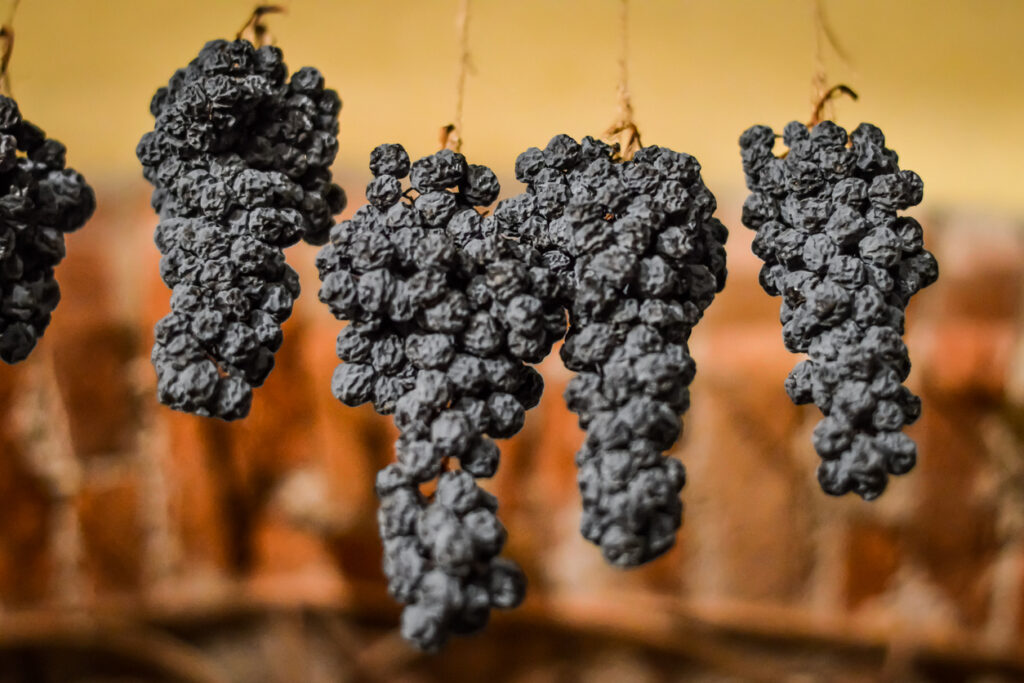
So next time you find yourself craving a flavorful Italian wine with deep complexities, look no further than Valpolicella. Its appassimento method brings forth bold yet balanced wines that will undoubtedly leave your taste buds wanting more.
Understanding Chianti
Chianti. The very mention of this name brings to mind the rolling hills of Tuscany, picturesque vineyards, and old-world charm. But what exactly is Chianti? It is more than just a wine; it encapsulates an entire region and a unique winemaking tradition.
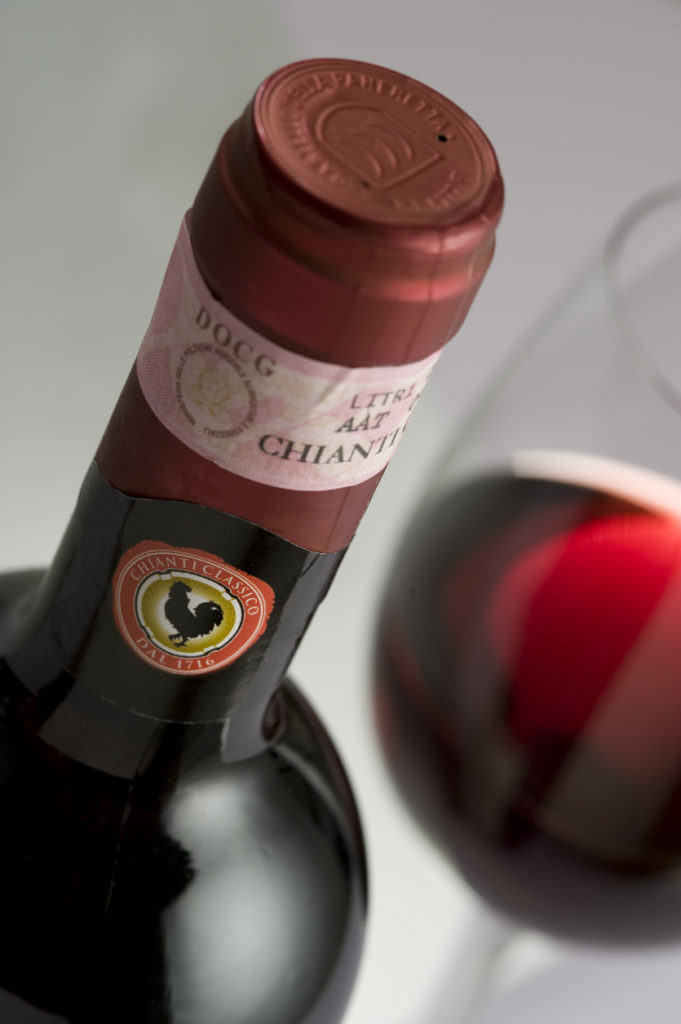
Originating from the heart of Tuscany in central Italy, Chianti is one of the most famous Italian wines known worldwide. However, not all red wines produced in the region can carry this prestigious title. For a wine to be labeled as Chianti, it must adhere to strict regulations set by the Consorzio Vino Chianti Classico. These rules govern everything from grape blends to aging requirements and are intended to ensure that only top-quality wines bear the name Chianti.
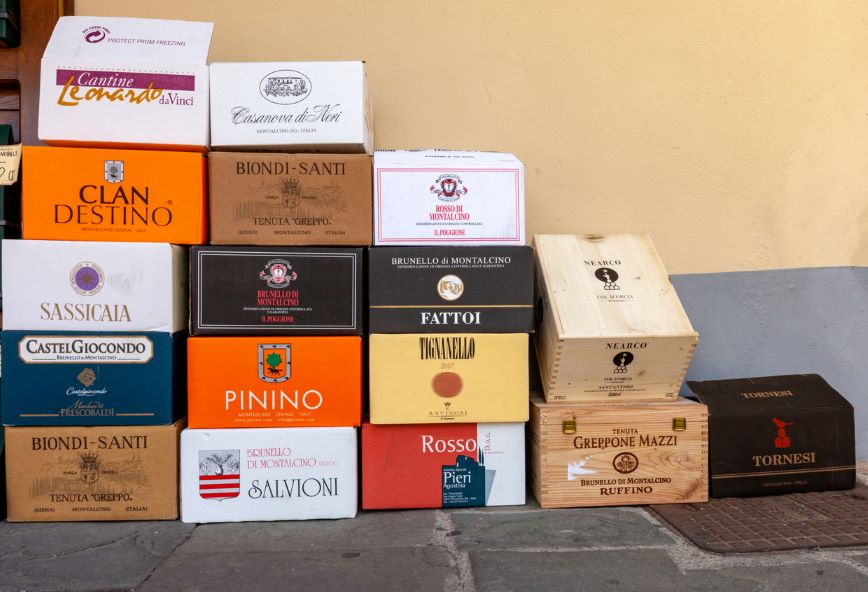
The key grape variety used in Chianti production is Sangiovese, which imparts flavors of cherry and tobacco with vibrant acidity. However, recent developments have allowed for small amounts of other grapes such as Canaiolo and Colorino to be included in the mix. This blending technique adds complexity while maintaining Sangiovese’s distinctive character.
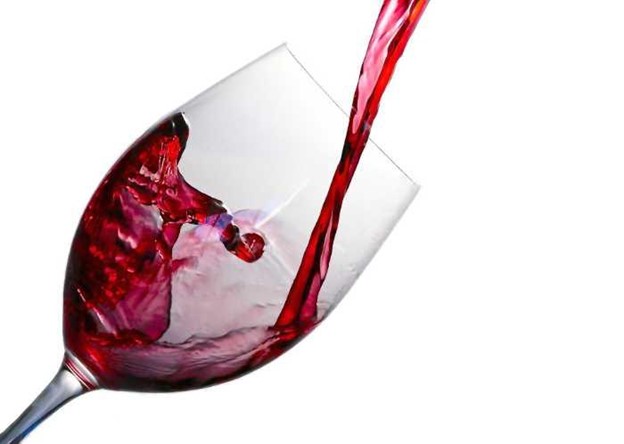
Whether enjoyed young or aged for several years, Chianti offers a diverse range of styles to suit every preference. From refreshing and vibrant expressions bursting with fruitiness to powerful and structured riservas designed for long cellaring, there truly is a style that will entice any wine lover.
Differences between Chianti and Valpolicella
Chianti and Valpolicella are both popular red wines from Italy, but they differ in many ways. One of the main differences is the grape varieties used to make them.
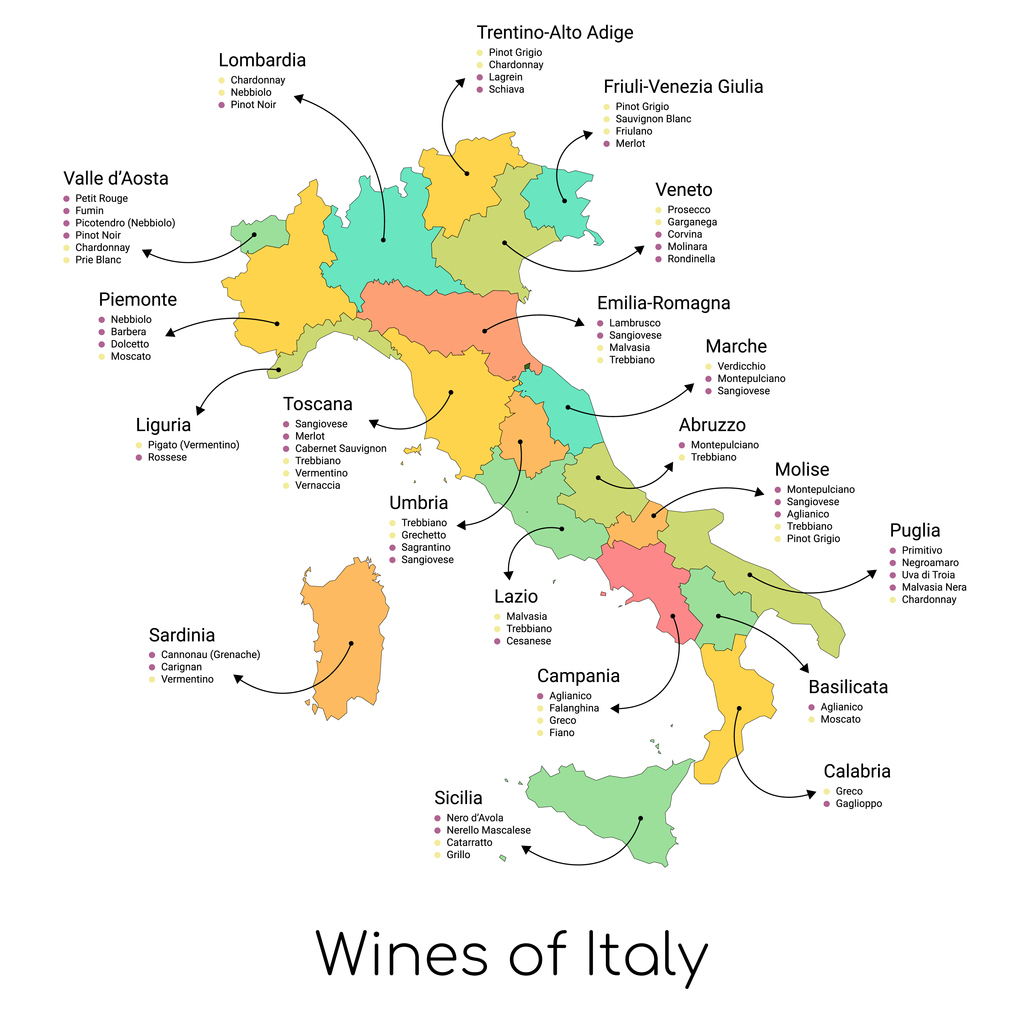
Wine Regions
The differences between these two regions can be traced back to the unique climatic conditions and terroir they possess. Chianti’s warmer climate and hilly terrain result in grapes with higher sugar levels and a more pronounced tannic structure. This contributes to Chianti’s ability to age well over time. Conversely, Valpolicella’s cooler climate produces wines that are lower in alcohol content but boast an elegant fruitiness.

The Grapes
Chianti is primarily made from the Sangiovese grape, which gives it a bright acidity and flavors of cherries and herbs. On the other hand, Valpolicella is made primarily from three grape varieties – Corvina, Rondinella, and Molinara – which give it more fruity notes of blackberries and currants.
Winemaking Technique
Another striking difference between Chianti and Valpolicella lies in their winemaking techniques. Traditionally, Chianti undergoes a process called the three B’s. Blending (of different grape varieties), barrel aging (often using large oak barrels), and bottle aging (for added complexity). In contrast, Valpolicella employs a unique winemaking technique known as appassimento. Here the harvested grapes are dried for several weeks or months before fermentation begins.

Ageing of the Wine
Another contrasting factor between Chianti and Valpolicella lies in their aging processes. While both wines can be enjoyed young and fresh, Chianti often benefits from additional aging in oak barrels or bottles before being released to the market. This aging process adds complexity to the wine, softening its tannins and allowing it to develop richer flavors over time. On the contrary, Valpolicella is typically consumed within a few years of its release as it does not require extended aging.
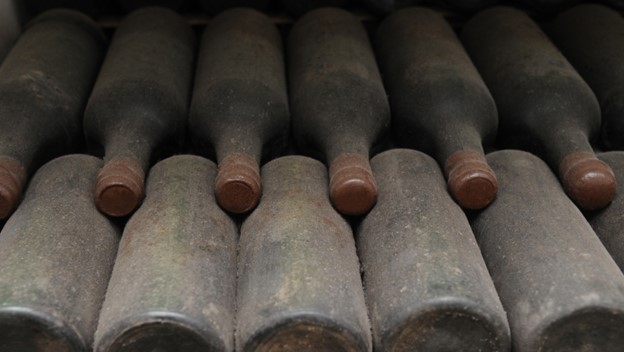
Taste of Chianti and Valpolicella
The aroma of Chianti and Valpolicella wines is a sensory delight that transports you to the rolling hills of Tuscany and the lush valleys of Veneto. In Chianti, the air is infused with the fragrant notes of cherries, raspberries, and violets. This unique bouquet comes from Sangiovese grapes that thrive in the region’s sunny climate and mineral-rich soil. With each sip, you can almost taste the Tuscan terroir.
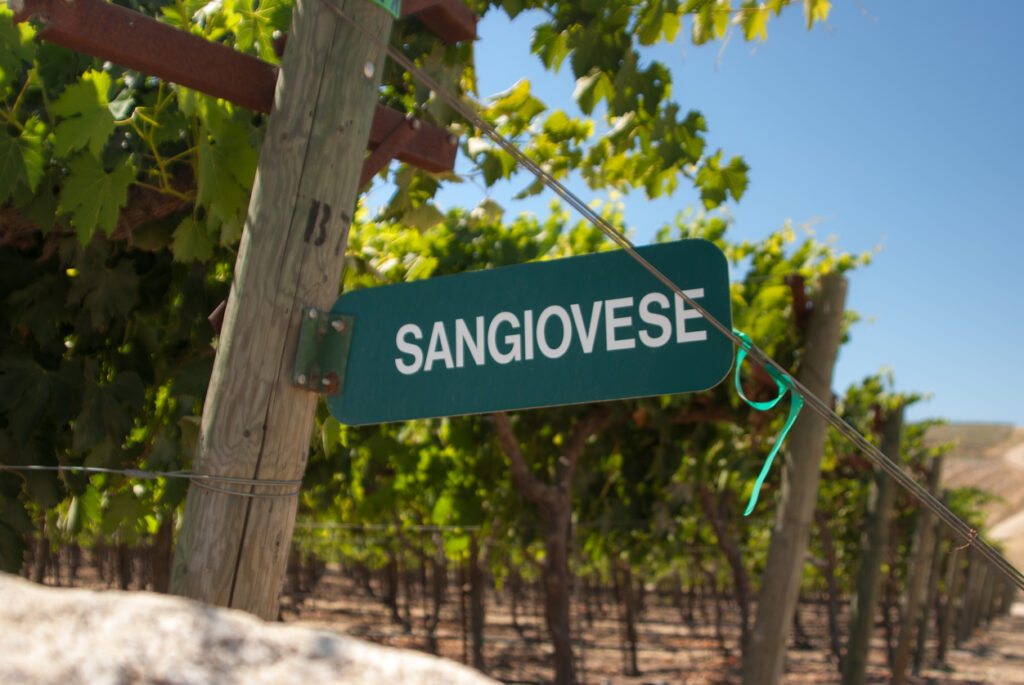
Similarly, Valpolicella wines have a distinct aroma that captivates the senses. Made primarily from Corvina Veronese grapes, these wines offer a symphony of aromas including ripe blackberries, dried herbs, and hints of balsamic vinegar. The geological diversity in this part of Italy – with its volcanic slopes and ancient glacial deposits – imparts complexity to Valpolicella wines’ scent.
Food Pairing of Chianti and Valpolicella
One of the most delightful aspects of wine appreciation is its ability to complement and elevate the flavors of different cuisines. When it comes to Italian wines, Chianti and Valpolicella stand out as versatile options that can enhance a wide range of dishes. Chianti, a red wine from Tuscany, possesses an earthy aroma and a balanced blend of fruitiness and acidity. This makes it an excellent pairing for tomato-based pasta dishes like spaghetti Bolognese or lasagna. The bright acidity in Chianti cuts through the richness of these heavy tomato sauces and enhances their flavors.
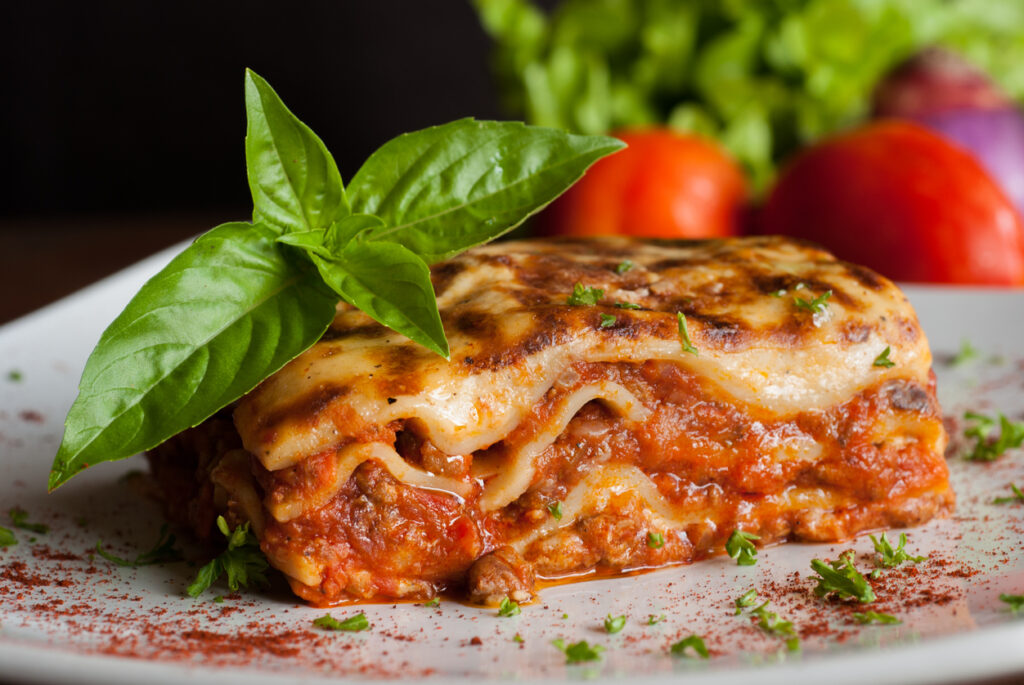
On the other hand, Valpolicella, a red wine from Veneto, offers a lighter profile with vibrant fruit notes like cherry and raspberry. It pairs exceptionally well with grilled meats such as lamb chops or beef tenderloin. The medium body and smooth tannins of Valpolicella complement the rich flavors of charred meat without overwhelming them. For vegetarian options, try pairing this wine with grilled Portobello mushrooms or roasted vegetable kebabs for an explosion of flavors on your palate.
How to serve Chianti and Valpolicella
When it comes to serving Chianti and Valpolicella, there are a few key points to consider. This will allow you to truly enhance the experience of these Italian wines.
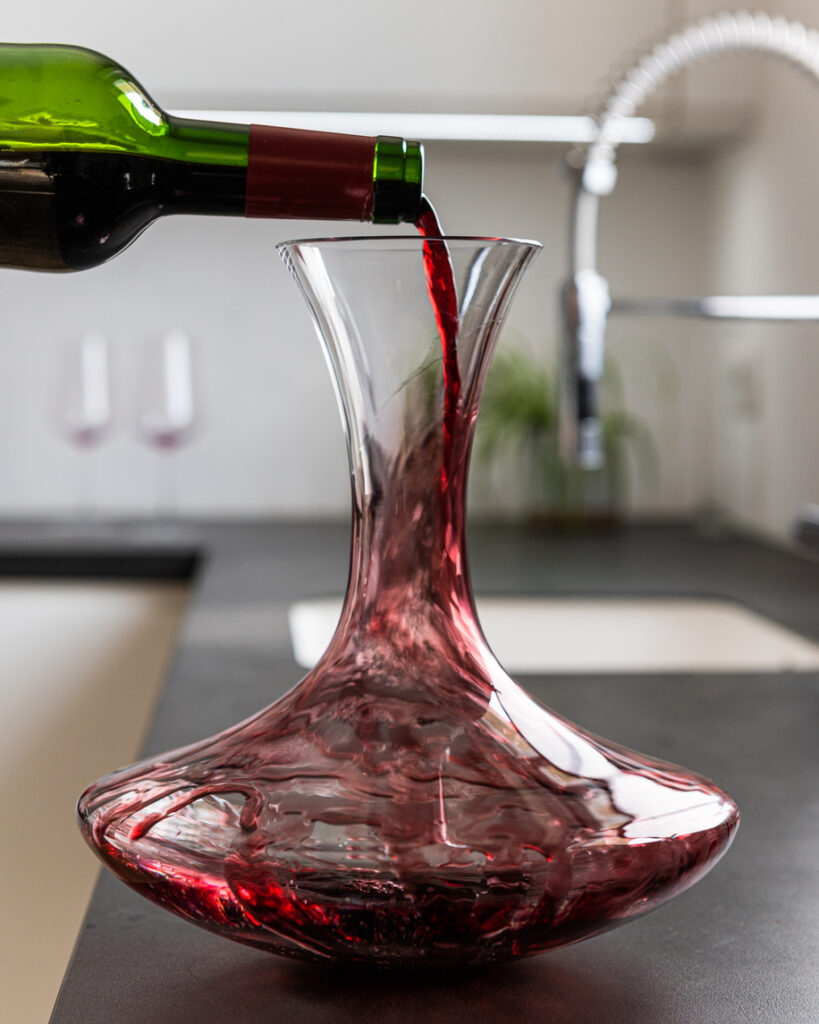
Breathing time
Firstly, both Chianti and Valpolicella benefit from some breathing time before consumption. Simply opening the bottle 30 minutes prior to serving allows the wine to oxygenate. This unlocks its full potential and intensifying the flavors.
Glassware
Next, choosing the right glassware can greatly impact the aroma and taste of these wines. Opt for medium-sized wine glasses with a slightly wider bowl. This shape helps to concentrate and release their complex aromas while allowing enough space for swirling without spilling. Additionally, since young Chianti can be quite acidic, using a glass with a smaller mouth will direct the wine towards the back of the tongue. Here the acidity is less noticeable.
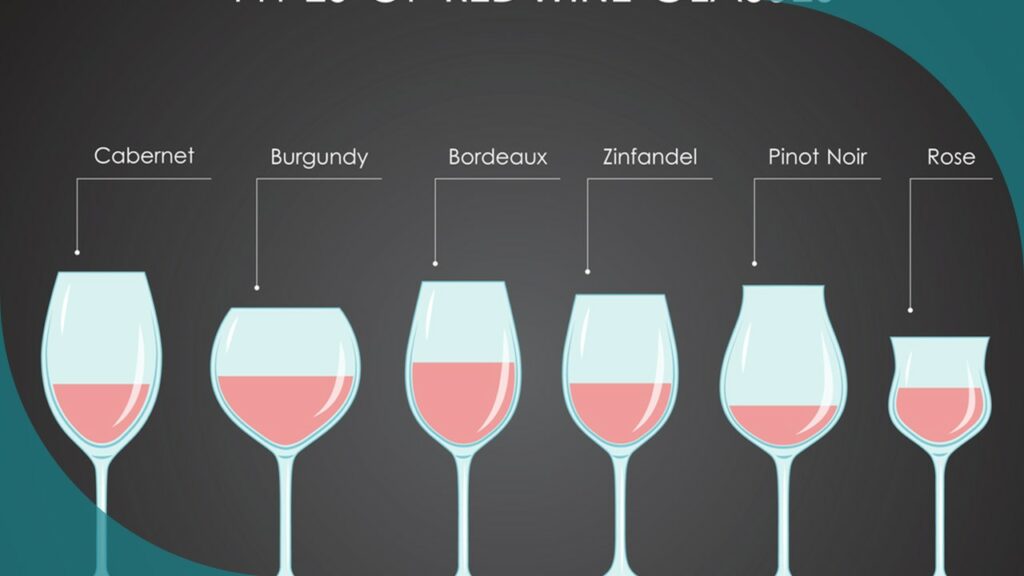
Food
Lastly, it’s crucial to pair these wines with food that complements their characteristics. For example, Chianti’s high acidity and firm tannins make it an ideal pairing for dishes like tomato-based pasta sauces or grilled red meats. On the other hand, Valpolicella’s softer tannins and fruity notes harmonize beautifully with dishes such as cured meats or mushroom risotto.
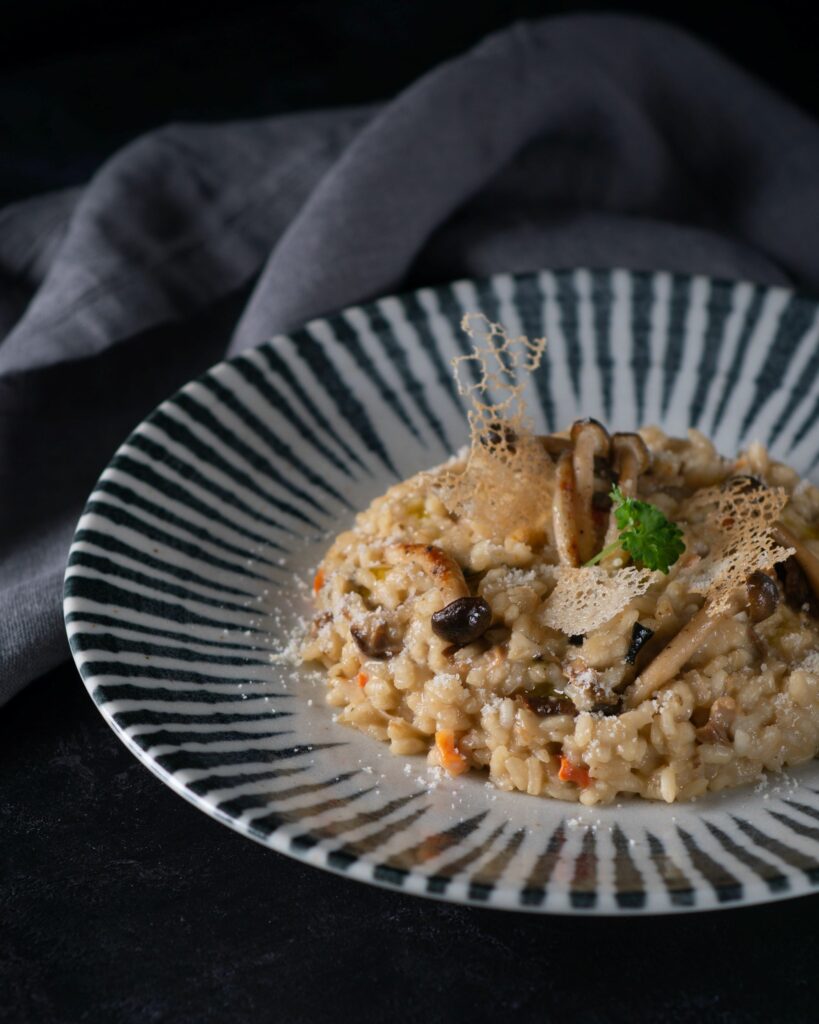
By following these simple tips . Allow Chianti and Valpolicella some breathing time. Select suitable glassware, and pair them thoughtfully – you’ll be able to serve these exceptional Italian wines at their very best.
Conclusion
In conclusion, both Chianti and Valpolicella are exceptional Italian wines that have their own unique characteristics. Chianti is known for its bold flavors, acidity, and versatility when it comes to food pairings. On the other hand, Valpolicella offers a more delicate and fruity profile with a hint of bitterness. Ultimately, the choice between these two wines will depend on personal preference and the occasion. Whether you’re enjoying a hearty Italian meal or looking for a lighter option to sip on during summer evenings, both Chianti and Valpolicella have something to offer. So why not explore both varietals and discover which one suits your palate best? Cheers!

